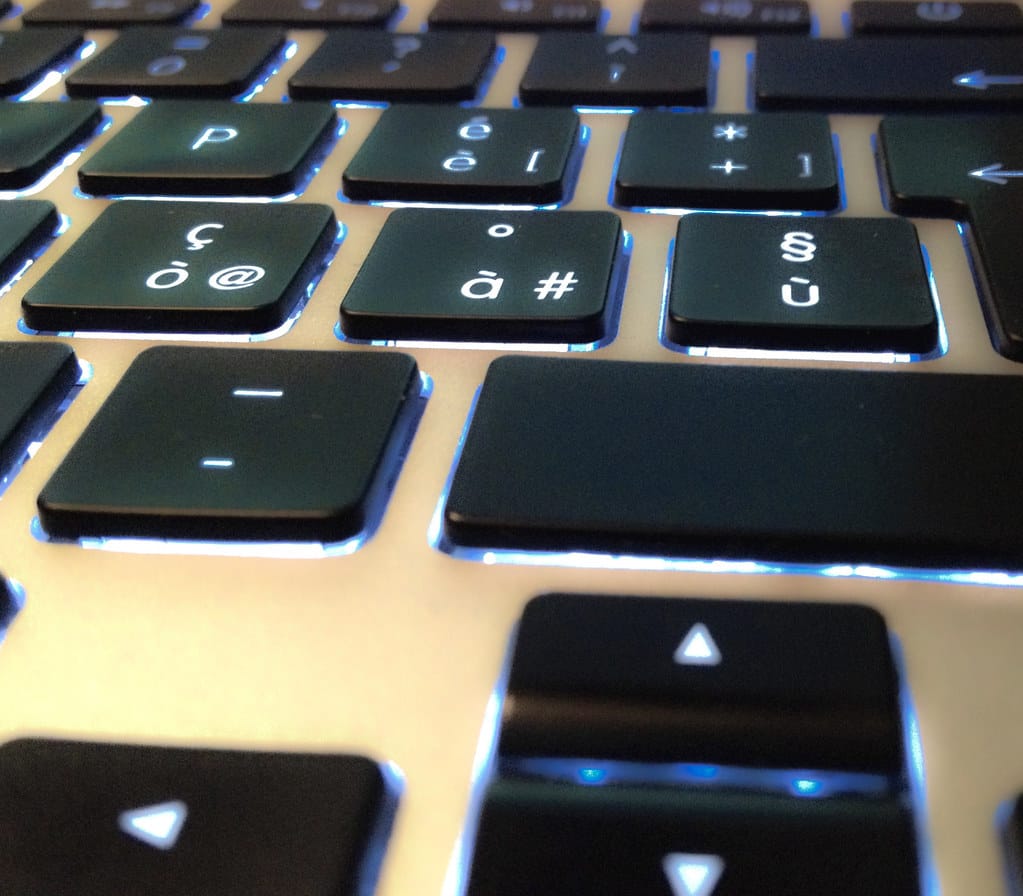Vortex's Wireless Model M Revival: Bold Innovation or Misguided Nostalgia?
The mechanical keyboard world is buzzing with anticipation as Vortex prepares to launch their wireless interpretation of the legendary IBM Model M keyboard. For enthusiasts who've spent decades praising the tactile perfection of buckling spring switches, this announcement raises a provocative question: can modern wireless technology capture the magic of a 1985 masterpiece, or are we witnessing tech nostalgia gone too far?
The Legend That Refuses to Die
The IBM Model M, first introduced in 1985, achieved something rare in technology: true immortality. While countless keyboards have come and gone, the Model M's distinctive buckling spring mechanism and fortress-like construction have maintained a devoted following for nearly four decades. Original units regularly sell for $200-400 on eBay, with pristine examples commanding even higher prices.
What made the Model M special wasn't just its satisfying click-clack symphony – though that certainly helped. The keyboard's unique buckling spring switches provided unmatched tactile feedback, while its steel backplate construction meant these keyboards could literally outlast the computers they were designed for. Many Model Ms from the Reagan era are still typing strong today, a testament to engineering that prioritized longevity over cost-cutting.
Vortex's Wireless Gamble
Enter Vortex, the Taiwanese keyboard manufacturer known for their compact mechanical keyboards and willingness to experiment with unconventional designs. Their upcoming wireless Model M revival represents a fascinating collision between retro appeal and modern convenience demands.
The technical challenges are substantial. Traditional buckling spring switches require significant force to actuate – typically around 65-70 grams compared to 45-50 grams for most modern mechanical switches. This increased resistance, combined with the power demands of wireless connectivity, creates a battery life puzzle that Vortex must solve without compromising the authentic typing experience that makes the Model M legendary.
Early specifications suggest Vortex is using a 4000mAh battery and USB-C charging, with an estimated 200+ hours of use between charges. Whether this proves sufficient for the power-hungry buckling springs remains to be seen.
Market Timing and Competition
The timing couldn't be more interesting. The mechanical keyboard market has exploded from a niche enthusiast hobby into a $2.1 billion industry, driven partly by remote work trends and gaming culture. Simultaneously, there's been a surge in retro-tech appreciation, with everything from vinyl records to film cameras experiencing unlikely revivals.
Vortex isn't alone in mining keyboard history for inspiration. Drop's collaboration with IBM produced a limited-edition Model M reproduction that sold out within hours. Unicomp, which acquired the original Model M tooling, continues producing faithful recreations. But none have attempted the wireless leap that Vortex is pioneering.
The Authenticity Question
Here's where things get philosophically murky. The Model M's appeal isn't just about specifications – it's about experience. The substantial weight, the anchored feeling of a keyboard that won't budge during intense typing sessions, the reassuring thunk of switches that have remained unchanged for decades.
Can a wireless version truly capture this essence? Removing the cable eliminates one connection to the original experience, while modern manufacturing constraints might force subtle compromises in materials or construction. For purists, any deviation from the original formula risks creating an imposter wearing the Model M's famous aesthetic.
The Verdict: Evolution or Sacrilege?
Vortex's wireless Model M represents more than just another keyboard launch – it's a test of whether iconic designs can successfully bridge generational gaps. The project's success will likely depend on execution details we haven't yet seen: battery life under real-world use, wireless latency for gaming applications, and most critically, whether the typing experience truly honors the original.
The keyboard community tends to be both passionate and unforgiving. If Vortex has genuinely solved the wireless power puzzle while maintaining authentic buckling spring feel, they could create something remarkable – a legend reborn for the wireless age. If they've compromised too much in pursuit of modern convenience, they risk creating an expensive disappointment that pleases neither nostalgic veterans nor newcomers seeking authentic vintage experience.
Either way, the attempt itself is newsworthy. In an industry often criticized for prioritizing aesthetics over substance, Vortex is betting that forty-year-old engineering excellence still has lessons to teach modern designers. We'll find out soon whether they were right.
